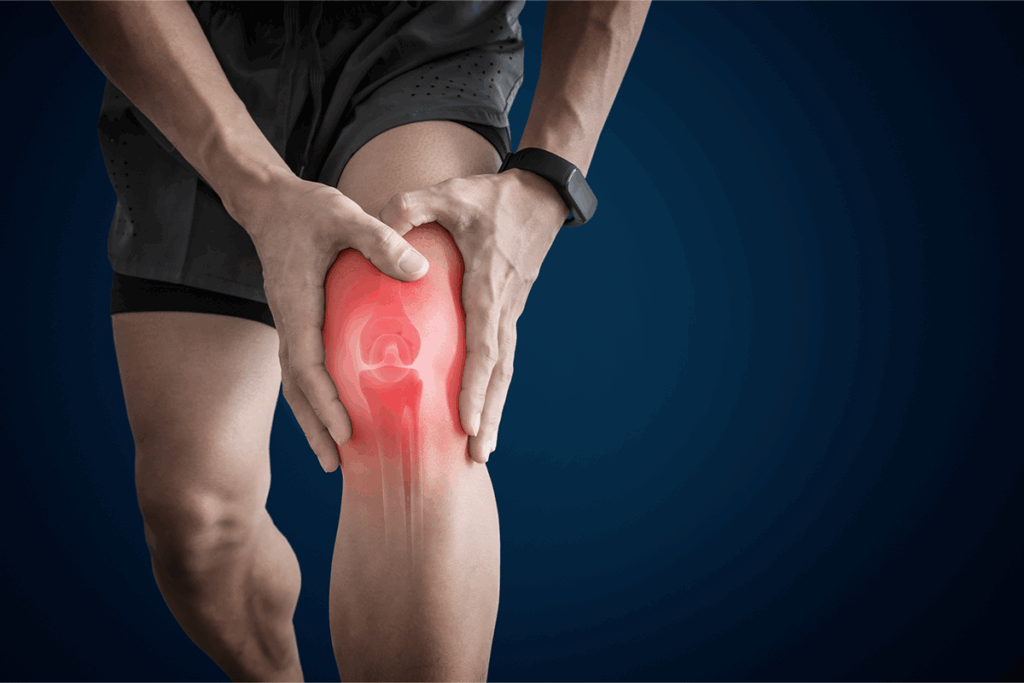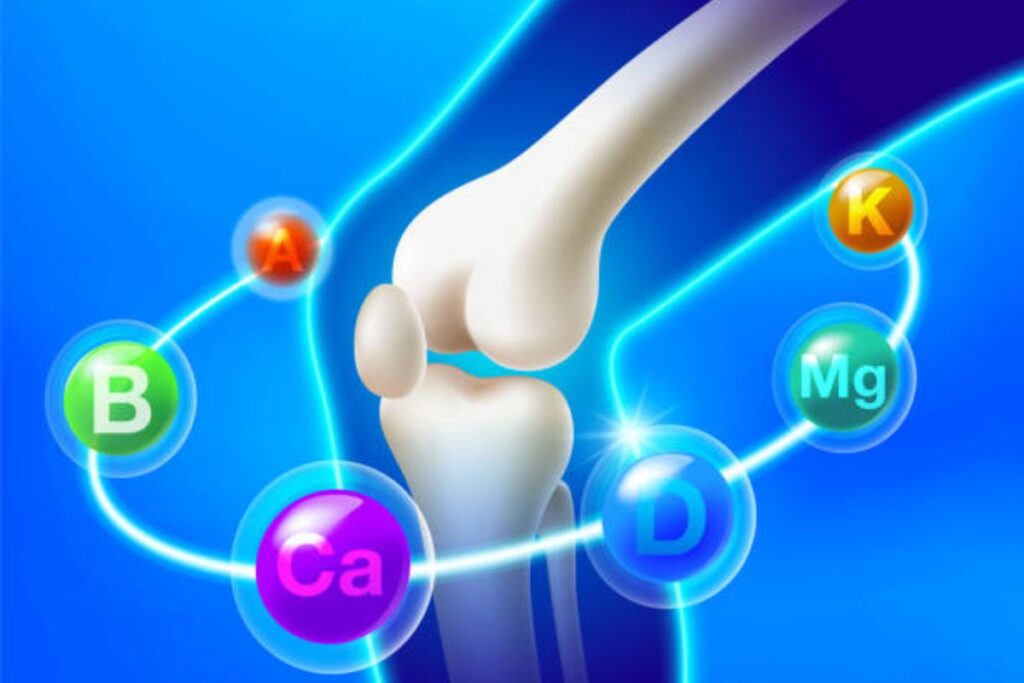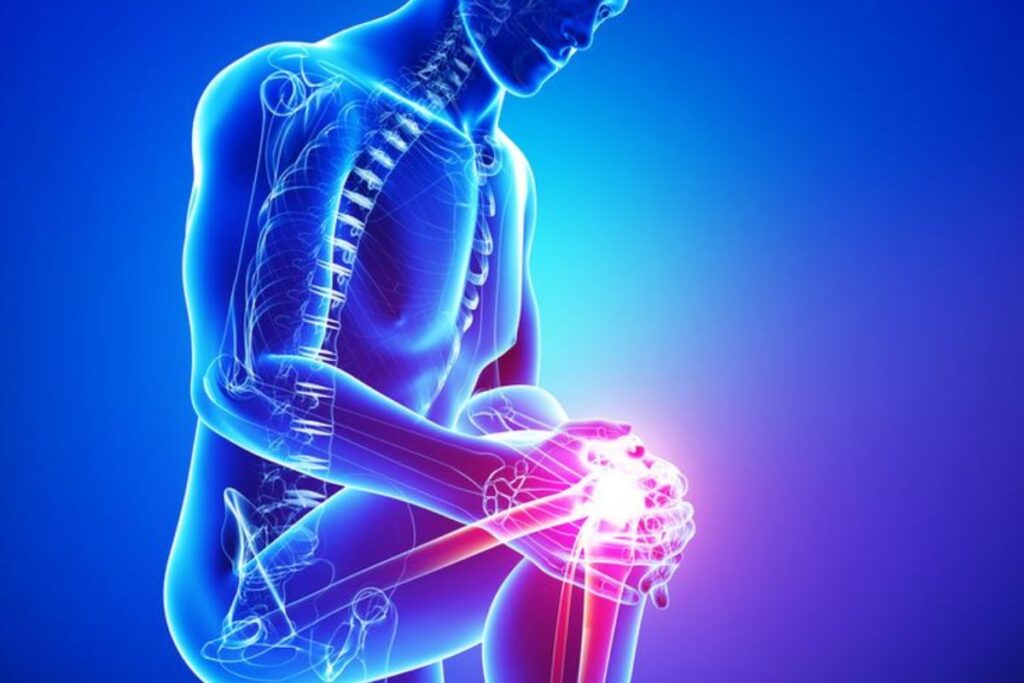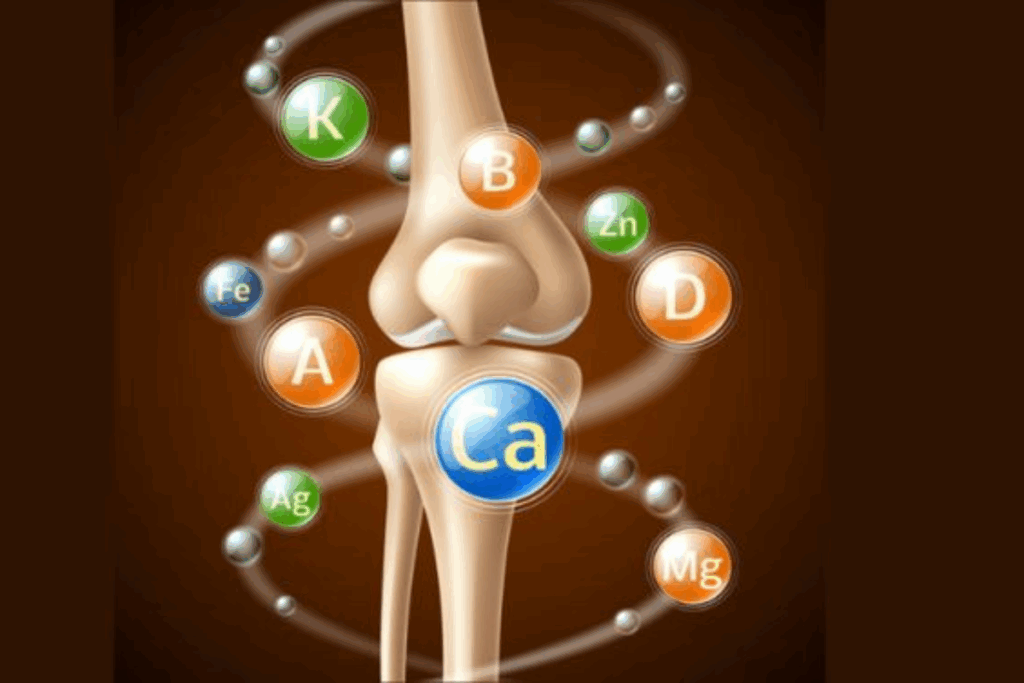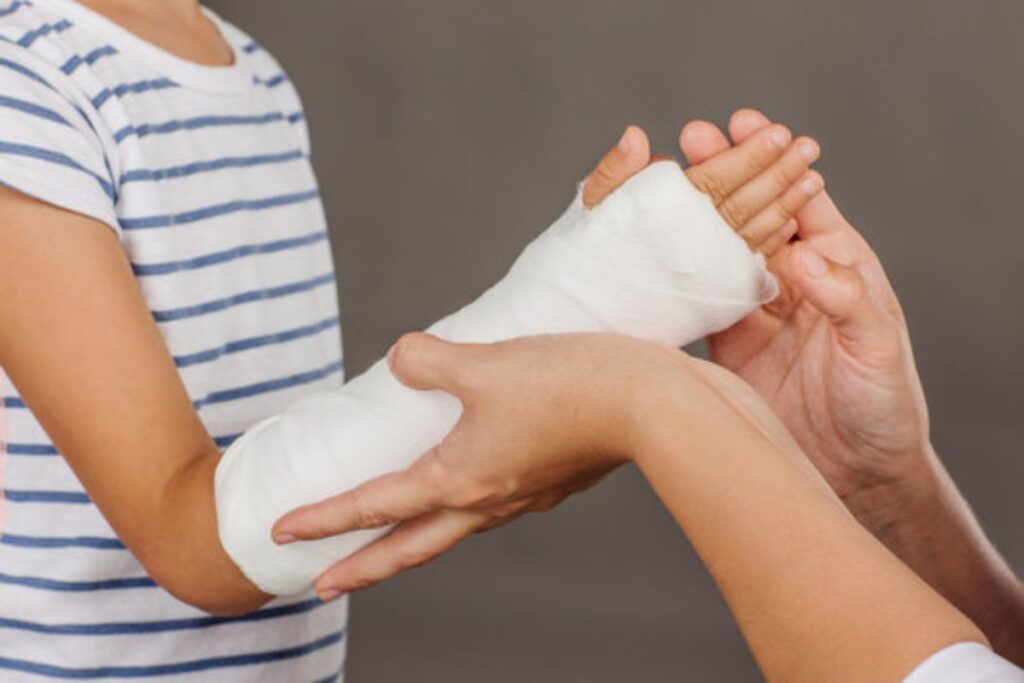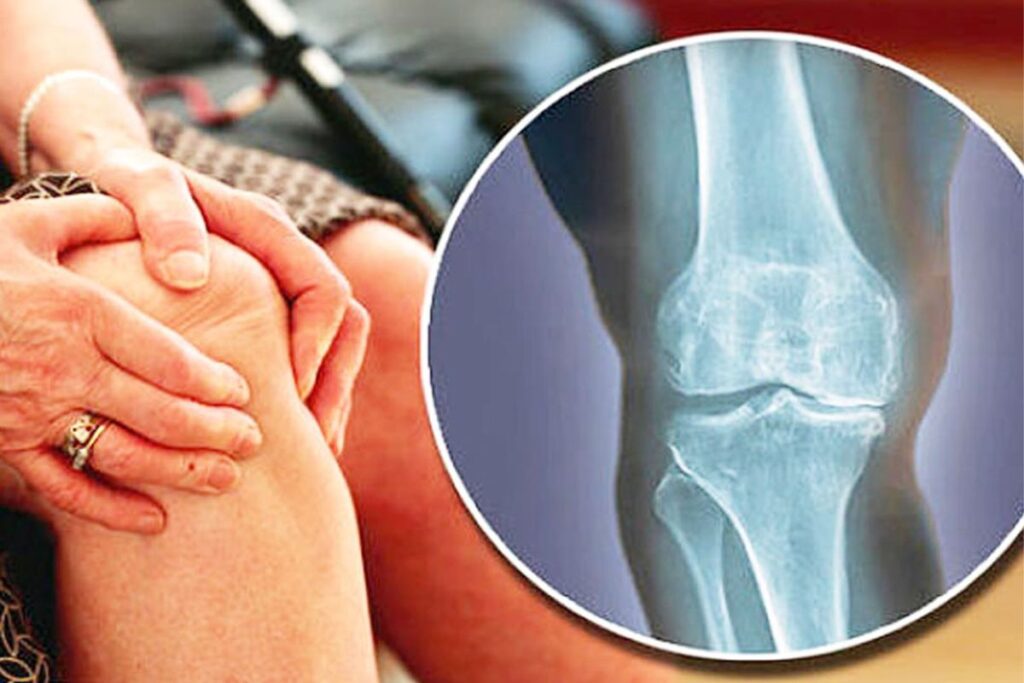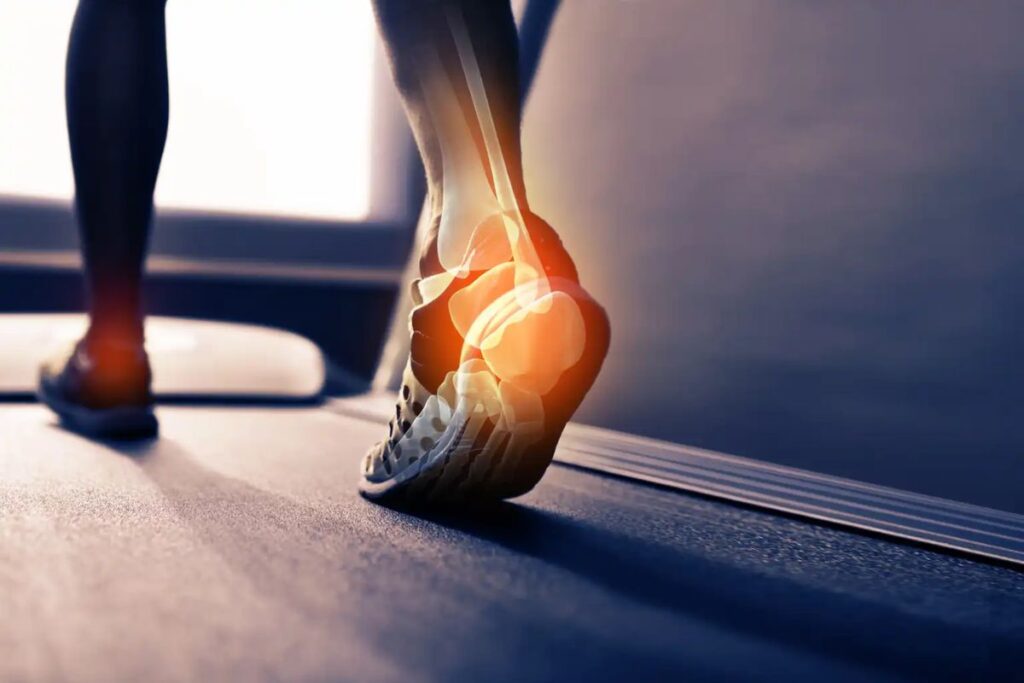Hand & Wrist Problems
The hands are a complex part of the body, and we rely on them for so much of our everyday function. If you are suffering from pain in your hands or wrists, whether from a degenerative condition or from a hand injury, it can really impair your ability to work, enjoy hobbies or sports, or do everyday tasks. Proper care can get them back to normal functioning more quickly.
Causes
Any component of your wrist that is hurt or damaged might make using your wrist and hand painful and difficult.

- Injuries
Sudden Impacts: – When you fall forward into your outstretched hand, wrist injuries frequently happen. Sprains, strains, and even fractures can result from this. A bone on the thumb side of the wrist, known as the scaphoid, is fractured. X-rays taken soon after the injury may not immediately reveal this kind of fracture.
Repetitive Stress: – Any activity that requires repetitive wrist motion, such as playing the cello or tennis, or even driving long distances, can irritate the tissues around joints or lead to stress fractures. This is especially true if the motion is performed without a break for hours at a time. The base of the thumb hurts due to the repeated stress damage known as De Quervain’s disease.
- Arthritis
Osteoarthritis: – This kind of arthritis develops over time when the cartilage that protects the ends of your bones wears out. Osteoarthritis in the wrist is rare and typically only affects persons who have previously hurt that wrist.
Rheumatoid arthritis: – Rheumatoid arthritis, a condition where the immune system of the body assaults its own tissues, frequently affects the wrist. Typically, both wrists are damaged if one is.
Blogs
FAQs
How do I keep up my Orthopedic Health?
Simple dietary and lifestyle adjustments can help you prevent significant orthopedic issues. Avoid engaging in repetitive motions that strain your joints, such as deep knee bends. Regularly visit the doctor. A wonderful strategy to monitor your orthopedic health is to see your primary care physician annually. This is crucial for older adults since they are more prone to get injured and develop arthritis.
What is Arthritis?
The definition of arthritis is “joint inflammation.” More than 100 rheumatic diseases and other ailments that cause joint pain, stiffness, and swelling are together referred to as arthritis.
In addition to gradually deteriorating our bones, tissues, and joints, rheumatoid arthritis also harms the lining around our joints.
Osteoarthritis, a disorder that worsens with time and is frequently found in the hip, knee, and spine, slowly destroys the cartilage that surrounds the ends of bones.
What causes Arthritis?
Arthritis is a degenerative condition where the articular cartilage that protects the ends of bones begins to break down over time, much as how the treads of your tires wear down over time. Arthritis can have a variety of reasons. An estimated 30–40 million Americans suffer from arthritis, and the majority of these tears are brought on by degenerative arthritis (osteoarthritis). Rheumatoid arthritis with inflammation affects 2–3 million Americans. One of the main causes of arthritis in younger people is trauma to the knee. Most frequently, arthritis worsens with age.
After having a minimally invasive partial knee replacement, may I resume my typical activities?
Once they have recovered sufficient strength and flexibility and their orthopaedic surgeon has given them the all-clear to start routine activities, the majority of patients can resume normal activities after partial knee replacement. Running, jumping, and twisting are all repetitive joint jarring activities that should be avoided. Many patients have resumed their previous hobbies after partial knee replacement surgery, including gardening, swimming, golf, and doubles tennis.
